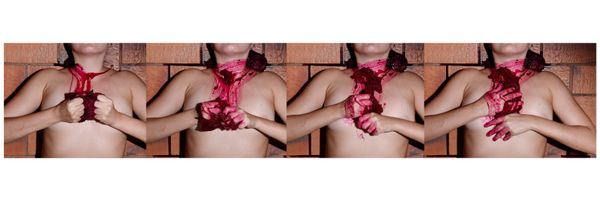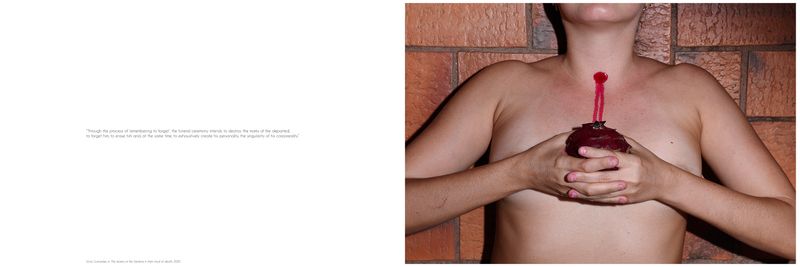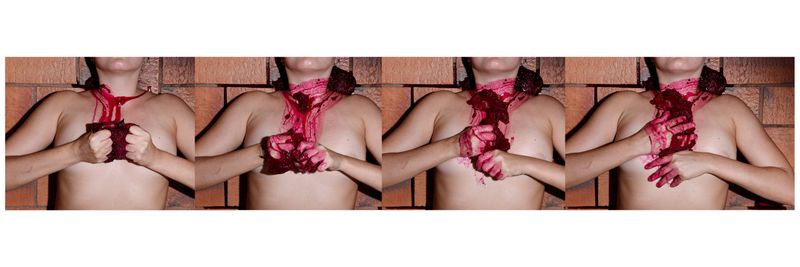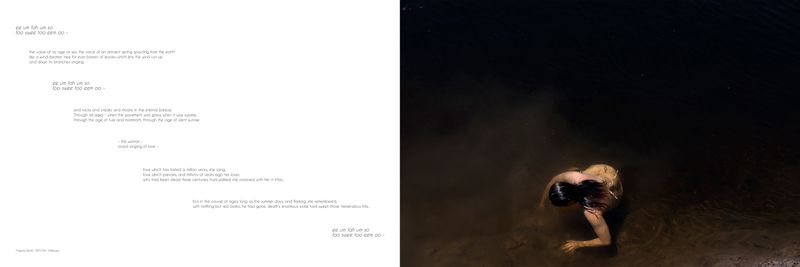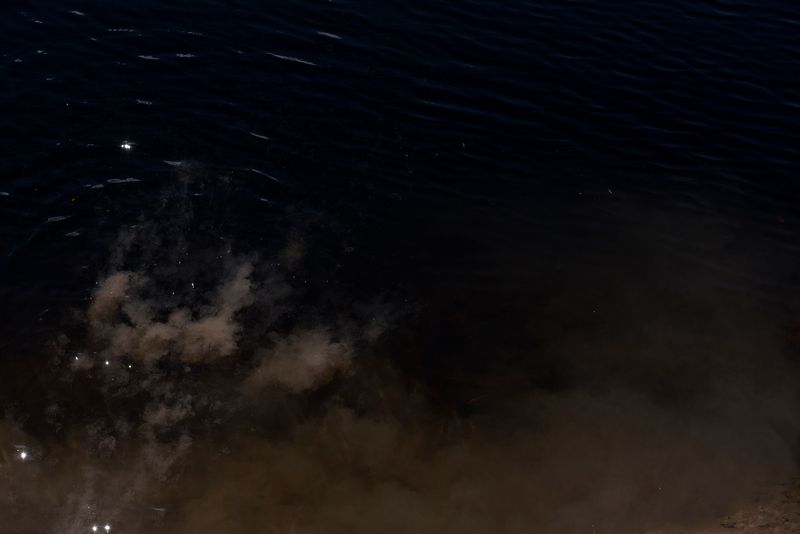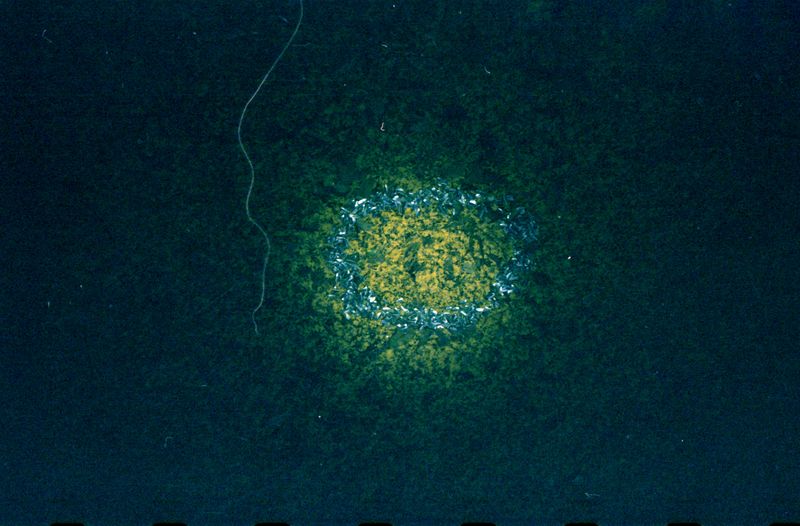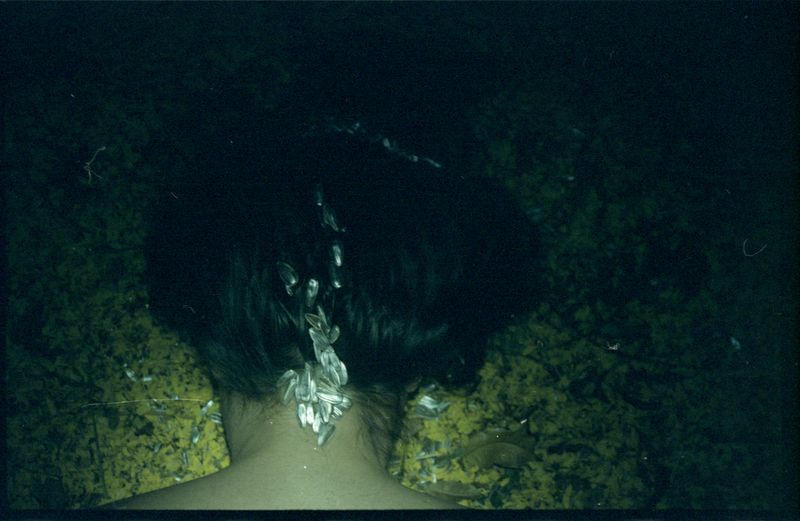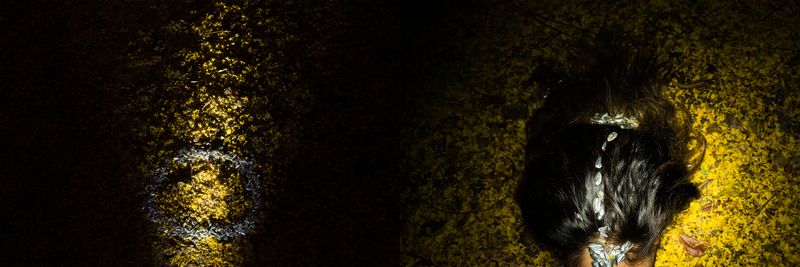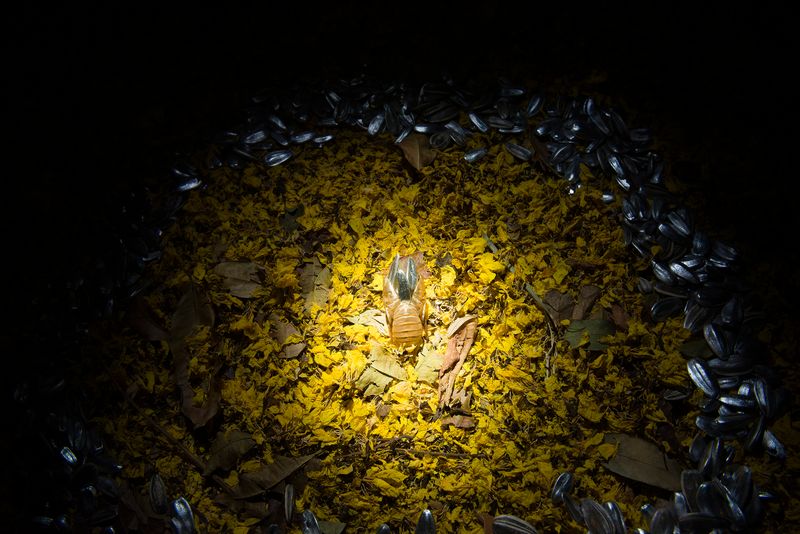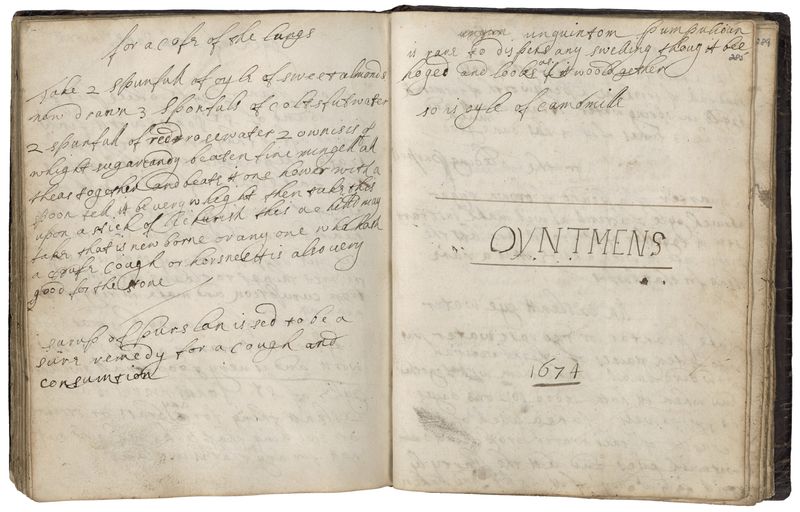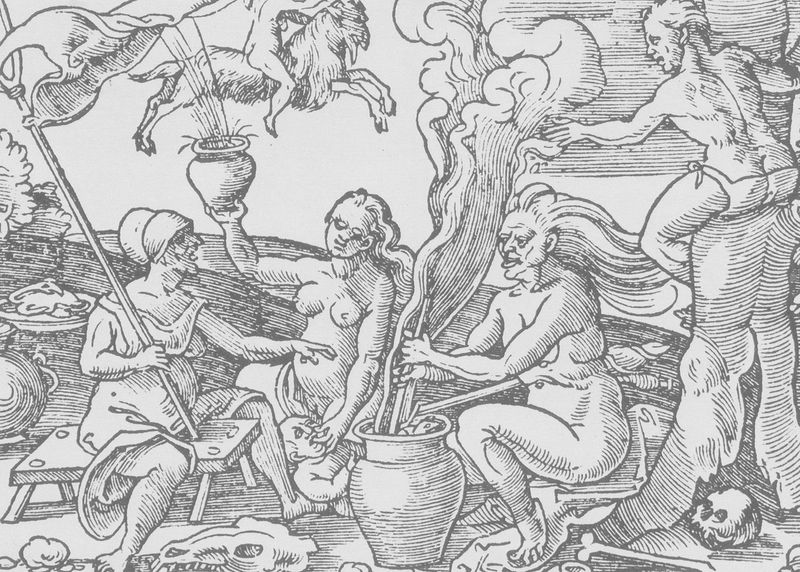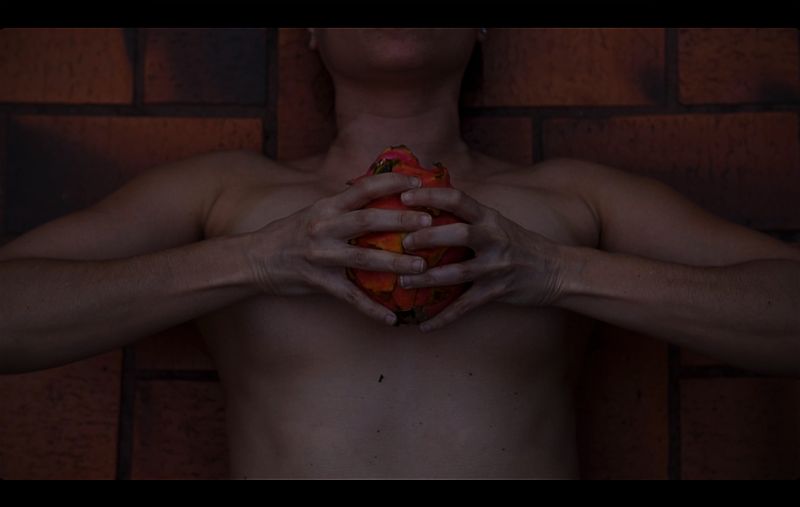PHOTO-RITUALS FOR DISAPPEARANCE
-
Dates2020 - Ongoing
-
Author
- Topics Contemporary Issues, Fine Art, Social Issues
- Location Brazil, Brazil
"There are two kinds of power. One is power over, which is always destructive, and the other is power from within, which is a transcendent and creative power."*
[technique: analogue photography using 15-year expired films, cyanotype, digital photography, performance, illustration, gathered imagery, text]
In 2019, I had two hearts beating inside me. Both beautiful and loved. A choice was demanded of me, which felt so difficult to make that I kept postponing it. I kept hoping that, in midst of all the overwhelming feelings, a moment of sudden clarity would show me which heart to keep, and which to cut off. But that instant, magic insight never came, and the situation became unbearable. For reasons complicated to be put into words, in January 2020 I made one of the hardest decisions of my life: to split and vanish from the life of one of those two men I loved. From then onwards, I would need to find ways of erasing our 15 years of love, commitment and care. That prompted me to perform a cathartic play with ordinary elements that had populated our story, which I documented by means of experimental analogue photography, chemical-based image making, and digital photography. What started as an exploration with materials and imageries to distil and give shape to my dense and painful process of killing and mourning, ended up taking the form of womanly rituals, as my sister, my female friends and colleagues – who collaborated in the making – and I would gather and engage in the shots of those ‘performances’ in an atmosphere of shamanic rites.
The uncanny situations revealed in those visual essays undertaken both evoked and affirmed the aura that has surrounded women throughout History. An aura to be celebrated with pride, rather than hidden with shame. An aura that connects us with healing powers, with powers that dialogue with love and death. Powers which are naturally inherent to the female being, but which were labelled as ‘witchcraft’ and, consequently, socially repressed.
Between the 15th and the 18th centuries approximately 60,000 people were executed in Europe, and thousands of others in the US, charged with “witchcraft”. It is estimated that 70 per cent of those individuals consisted of women. The horror of the accusations, torture, trials, and executions at public squares that permeated the daily life of that time is – in fact – the unbearable picture of the prejudice and persecution against the female figure that still remains alive nowadays, worldwide.
As a woman born and bred in Latin America, I wonder how that has resonated in the Global South and how much of that imagery and stigma we have inherited from the Global North. As I feel that extremism and intolerance seems to be regaining force in the political and social realms nowadays, I understand that it is urgent for contemporary society to revisit and discuss that issue at its core, including a historic debt to all women, past and present, beyond geographical borders. As such, I conceive this book embodying the atmosphere of witchery rituals that inhabits in our collective memory, hoping that, by inviting the reader to a journey into magic, it can contribute to the debate on women’s imagery in society. So, echoing the chant of thousands of women on the streets of Buenos Aires in recent years – “We are the granddaughters of the witches you did not manage to kill” –, here I celebrate women’s powers in our unique way to deal with love and death, to heal and nourish; I reclaim women’s resistance throughout History.
________________________________________
*Starhawk, in 'The Spiral Dance', 1979.


